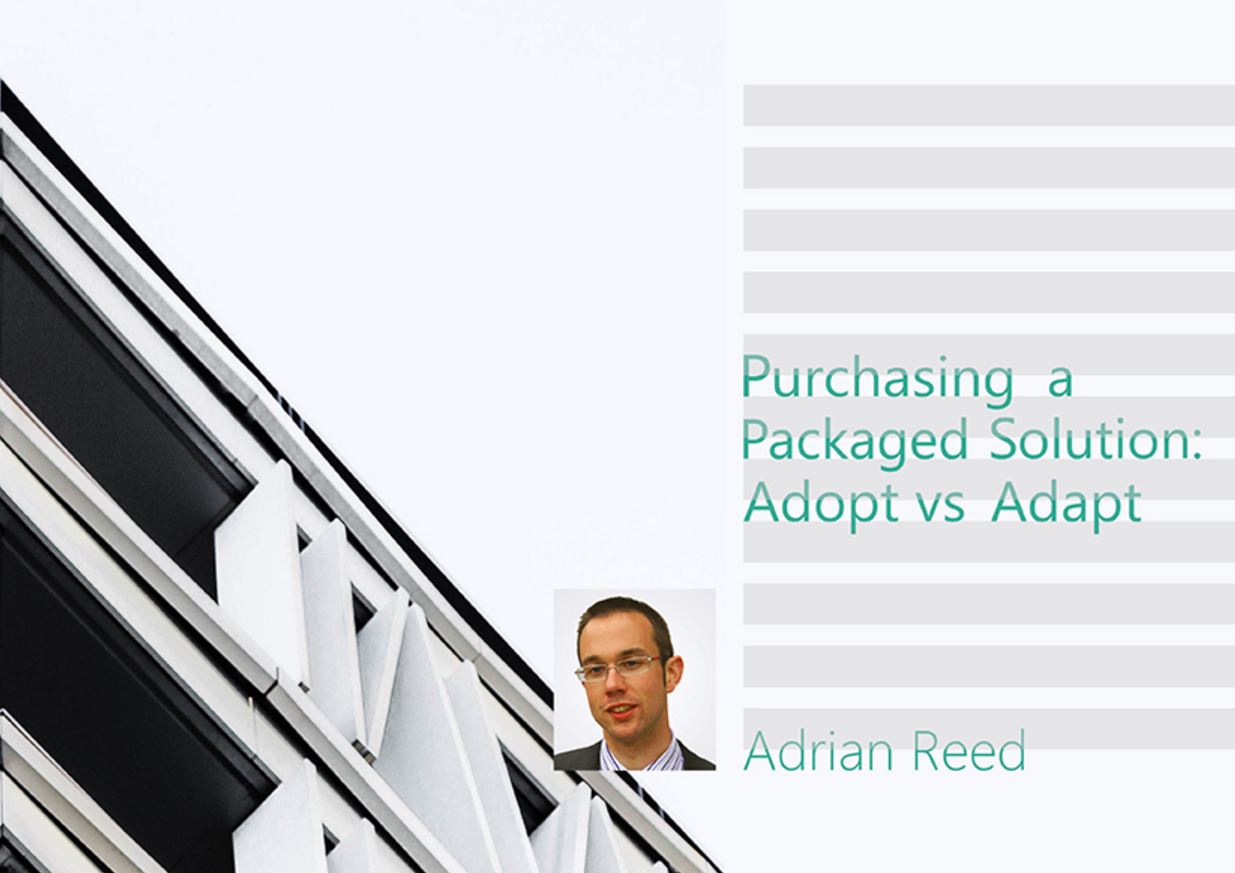This e-book discusses the importance of process modelling and requirements analysis when implementing packaged solutions
When looking to improve a business process, automation can be a viable and attractive option. Of course, not all processes will be candidates for automation or semiautomation, but for those processes that are repeatable and predictable, automation can yield significant benefits.
These might include efficiency savings, cost savings, as well as helping to ensure a more consistent customer experience. Automation can free up staff from tedious manual work, and free them to work on more valuable and productive work, often work that is more valued by the customer. When considering the automation of fairly standard and predictable processes, one popular approach is to select, purchase and implement a Commercial Off-the-Shelf (COTS) software package. In the right circumstances, purchasing packaged solutions provides a number of advantages – the software is tried and tested, there is a ready supply of support, and so on.
In fact, COTS packages can sound like a panacea – and it may be perceived by some that implementing them is a simple case of ‘lift and drop’. With this mind-set it can be tempting for organizations to run head-first into these projects without fully understanding their existing processes.
In this article, we discuss the importance of understanding the existing situation and making conscious choices about what to ‘adopt’ and what to ‘adapt’. Login to continue reading and download the ebook.
